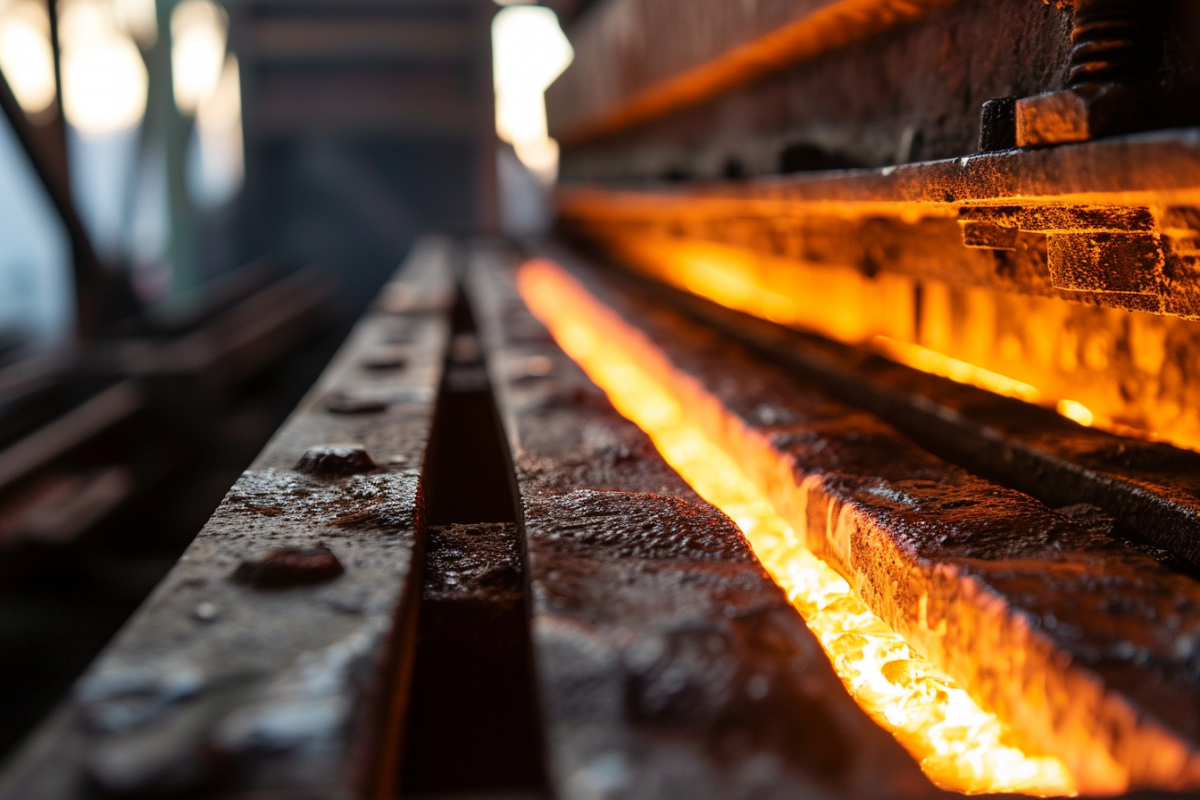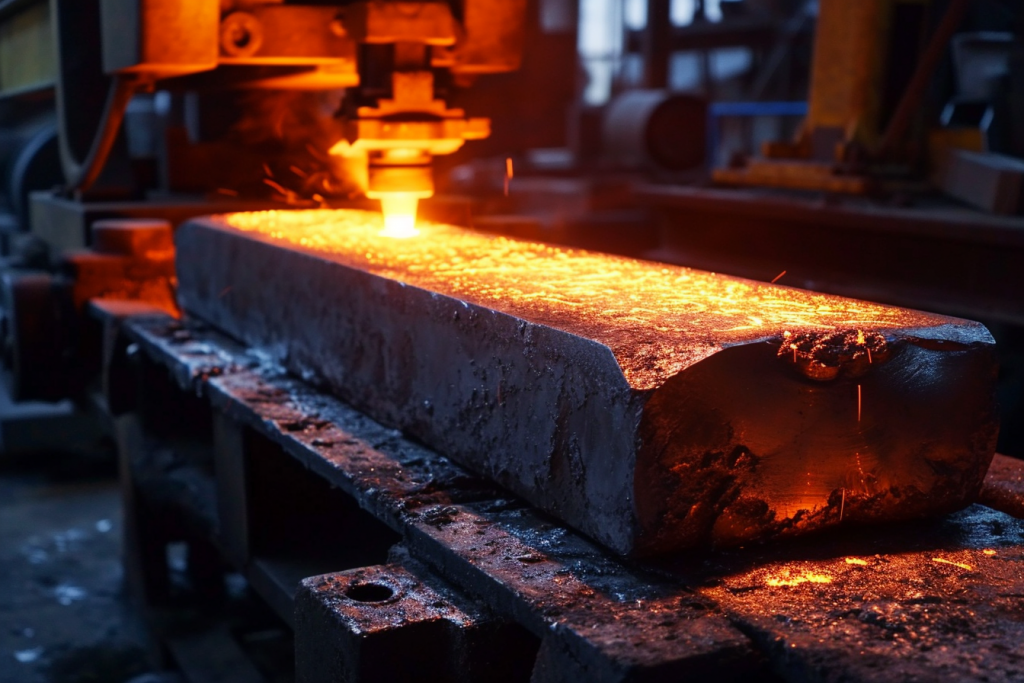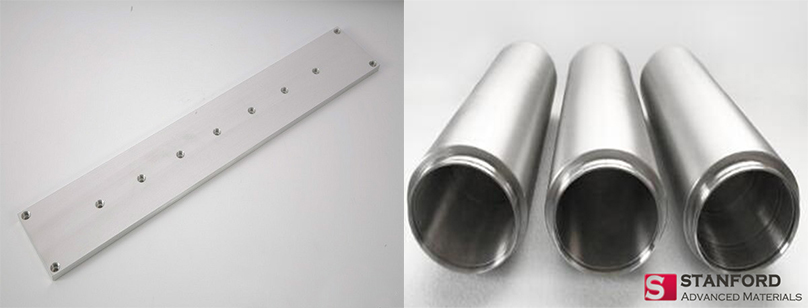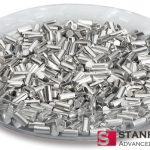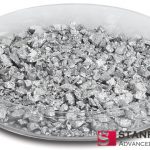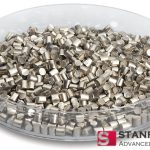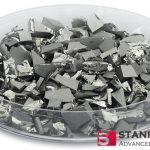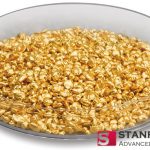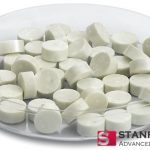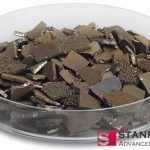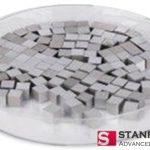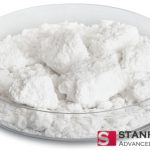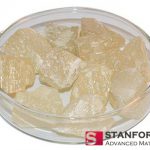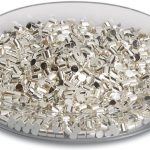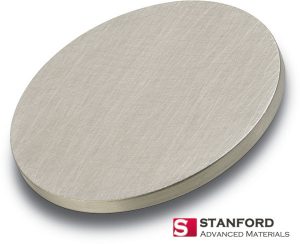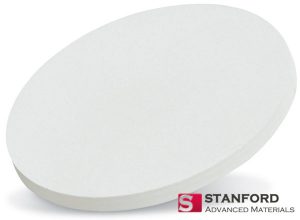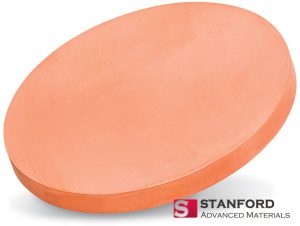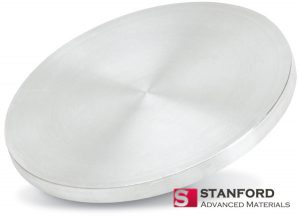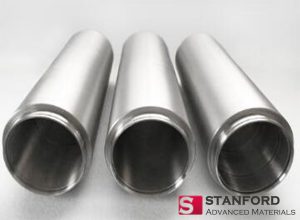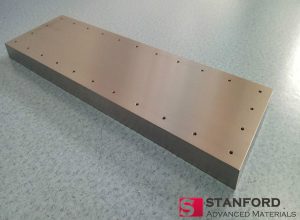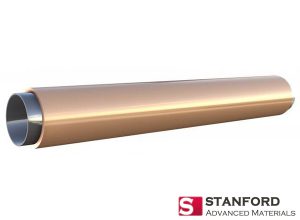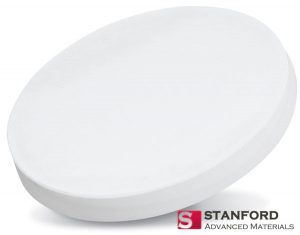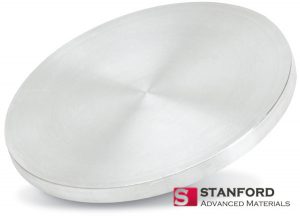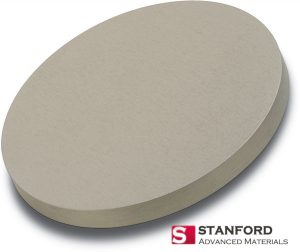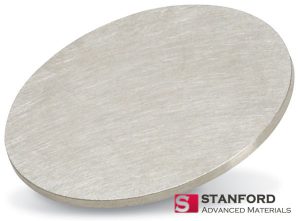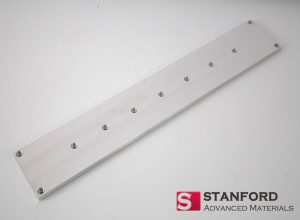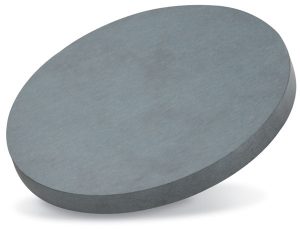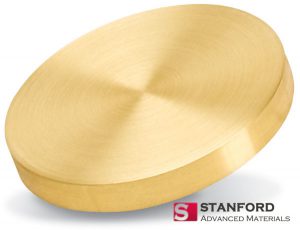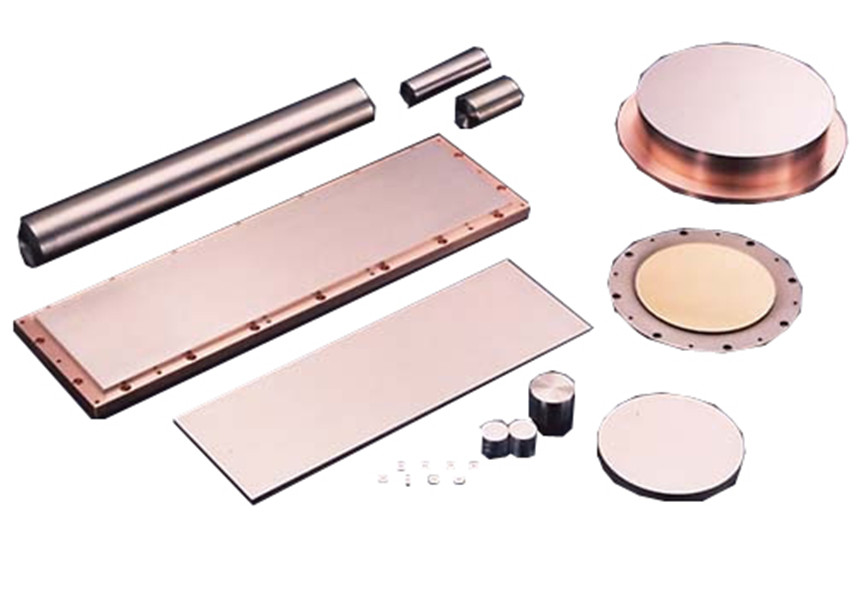What is a lithium battery?
Contrary to some beliefs, lithium batteries are not exclusively composed of metallic lithium. Instead, they encompass a broad category of batteries that can be generally divided into two types: lithium metal batteries and lithium-ion batteries. Typically, the term “lithium battery” refers to batteries that use a lithium metal or lithium alloy as the anode and a non-aqueous electrolyte.
One of the most commonly used lithium-based chemicals in renewable energy applications is lithium iron phosphate (LiFePO4). LiFePO4 batteries are known for their high safety standards, excellent thermal stability, high rated current capacity, and long cycle life. These characteristics make them suitable for various applications, including electric vehicles, energy storage systems, and portable electronics.
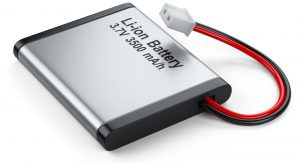
Advantages
Lithium batteries offer several advantages over traditional batteries like lead-acid, nickel-chrome, and nickel-hydrogen batteries:
- Environmental Impact: Lithium batteries do not contain harmful heavy metals such as lead, mercury, or cadmium, making them more environmentally friendly. Their electrolytes are typically organic solvents and lithium salts, which are mostly non-toxic or low-toxic, resulting in relatively low pollution.
- Safety: Lithium batteries do not pose a risk of exposure to corrosive electrolytes like sulfuric acid or potassium hydroxide. They generally do not present an explosion hazard even when stored in confined spaces, and their well-designed systems eliminate the need for active cooling or ventilation.
- Longevity: Lithium batteries have an exceptionally long cycle life, with some manufacturers guaranteeing up to 10,000 cycles. This long lifespan makes them a cost-effective solution in the long run.
- Performance: Lithium batteries provide high energy density, allowing for compact and lightweight battery designs. They also offer high efficiency, quick charging times, and a wide operating temperature range, making them suitable for various demanding applications.
- Maintenance: Unlike some traditional batteries, lithium batteries require minimal maintenance, which reduces the total cost of ownership.
Application
The advent of microelectronics technology in the twentieth century has led to an increased demand for miniaturized devices with high-performance power supplies. As a result, lithium batteries have become widely used in various fields:
1. Semiconductor Manufacturing:
- Wafer Processing: Utilized in semiconductor wafer processing equipment for applications such as epitaxy, chemical vapor deposition (CVD), and physical vapor deposition (PVD).
- Test Equipment: Employed in test and measurement equipment for semiconductor devices.
2. Medical and Laboratory Equipment:
- DNA Amplification: Used in PCR (Polymerase Chain Reaction) devices for DNA amplification, where precise temperature control is essential.
- Analytical Instruments: Integrated into analytical instruments requiring high-temperature operation, such as mass spectrometers and chromatography equipment.
3. Aerospace and Defense:
- Thermal Management: Utilized in thermal management systems for avionics and other high-performance electronic systems.
4. Industrial Heating:
- Plastic Welding: Used in plastic welding equipment that requires high temperatures for precise welding operations.
- Heating Plates and Hot Plates: Employed in heating plates and hot plates for various industrial processes.
5. Optoelectronics:
- LED Manufacturing: Used in the production of LEDs, where high temperatures and precise control are necessary.
- Laser Diodes: Integrated into laser diode assemblies for efficient thermal management.
6. Consumer Electronics:
- Mobile Devices: Lithium-ion batteries power a wide range of mobile devices, including smartphones, tablets, and laptops, due to their compact size and high energy density.
- Wearable Technology: Used in smartwatches, fitness trackers, and other wearable devices, providing reliable power in a small form factor.
7. Electric Vehicles (EVs):
- Battery Packs: Lithium-ion batteries are the preferred choice for electric vehicles due to their high energy density, long cycle life, and ability to provide the necessary power for vehicle propulsion.
- Charging Infrastructure: Supporting fast-charging stations and home charging units, facilitating the widespread adoption of electric vehicles.
8. Renewable Energy Storage:
- Grid Storage: Lithium batteries are used in large-scale energy storage systems to store electricity generated from renewable sources like solar and wind, ensuring a stable and reliable energy supply.
- Residential Energy Storage: Used in home energy storage systems, enabling homeowners to store excess solar energy for use during peak demand periods or power outages.
Read more: Understanding Lithium Selenide: Uses and Importance of Sputtering Targets
About Stanford Advanced Materials (SAM)
Stanford Advanced Materials (SAM) Corporation is a global supplier of various sputtering targets, including metals, alloys, oxides, and ceramic materials. We offer high-purity lithium metal, sputtering targets, and evaporation materials. For more information, please visit our website at SAM Sputter Targets.

